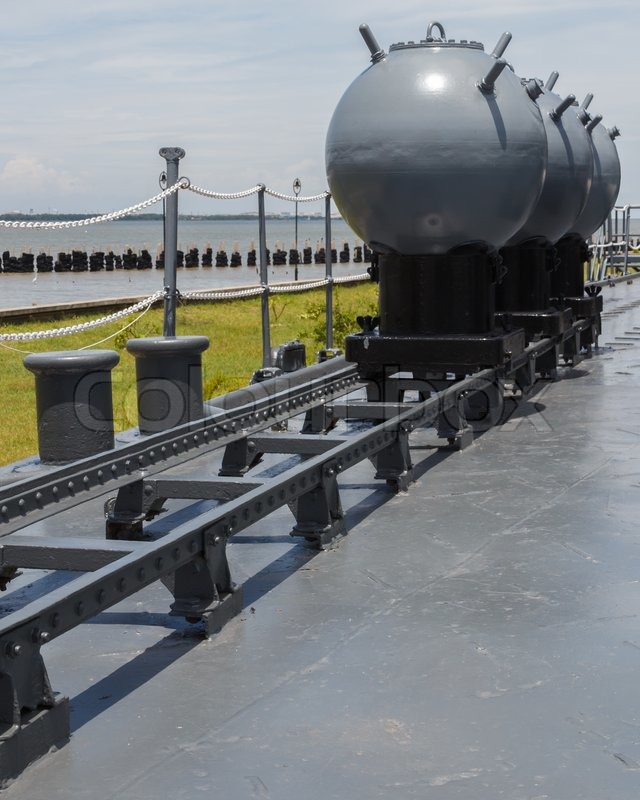Environmental Assessments of Sea Dumped Chemical Warfare Agents
A new report concludes that the installation of a pipe line in the Nord Stream is not stirring up chemical warfare agents or disturbing fish communities

This report has gathered information during work related to sea dumped chemical warfare agents. The investigation was conducted by the Danish Centre for Environment and Energy (DCE) and the motivation for the review is mainly due to the installation of the two Nord Stream gas pipeline from 2008-2012 between Russia and Germany.
The initial concern was that the new pipe installation would stir up chemical warfare agents dumped the aftermath of Second World War, since approximately 65,000 tons of stockpiled Chemical Warfare Agent (CWA) munitions were dumped in the Bornholm Basin in 1947, mainly by Russian forces. Here 11,000 tons were active CWA chemical substances.
Therefore, focus within the information gathering was mainly concerning the weight of evidence risk assessment of disturbed CWA residues in connection with the installation of the pipelines, and whether this is potentially harmful towards fish communities. This was examined by developing risk scenarios and relying on existing data in desk-top assessments, that presents novel exposure and toxicity assessment and assesses the current risk around Bornholm.
The overall conclusion states that the predominant part of the arsenic in the sediment has other anthropogenic and potential natural sources than CWA, and that there is a negligible acute added CWA risk towards the fish community from the installation of the pipelines.
For more information please contact
Senior researcher Hans Sanderson, hasa@envs.au.dk, telephone: +45 87158632
Senior researcher Patrik Fauser, telephone: +45 87158549
DCE – Danish Centre for Environment and Energy
